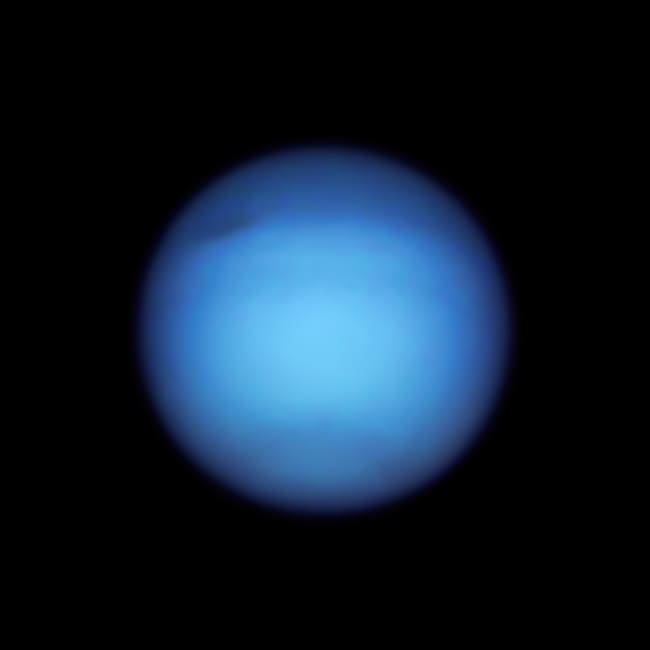Now you have something to stare at when your relatives are squabbling during Thanksgiving: NASA just released a slew of amazing new photos of the solar system’s most distant planets, shot by the Hubble Space Telescope earlier this fall.
The new images of Jupiter, Saturn, Uranus, and Neptune are part of a “grand tour” that Hubble embarks on annually to document how the outer planets are changing year after year. Although it’s more than 30 years old, Hubble is still one of the best instruments humans have to gawk at the other inhabitants of the solar system and clue us into what’s going on with the neighbors more than half-a-billion miles away.
In the September 4 photo of Jupiter, for instance, Hubble scientists noted that there appear to be several new storms showing up just above the planet’s equator. Its thick red band lingers, despite predictions just a few years ago that it would disappear by now.
This September 12 photo of Saturn doesn’t reveal anything surprising or new, but the different colors of its bands pop out more prominently this year.
NASA, ESA, A. Simon (NASA-GSFC), and M. H. Wong
We’re quite lucky to get these, considering Hubble hasn’t had the best days of late. On October 25, the entire instrument was put into safe mode after multiple errors came up during its data synchronization processes—basically halting all but the most essential functions while scientists worked to fix the old boy up.

Uranus
This photo taken on October 25 spotlights Uranus’s northern hemisphere. The white north pole has increased in brightness thanks to ultraviolet radiation absorbed from the sun.
NASA, ESA, A. Simon (NASA-GSFC), and M. H. Wong
On November 7, one of Hubble’s cameras was turned back on with no problems, but the rest of the instruments remain offline. The telescope, launched in 1990, is showing its age and is almost definitely on its last legs at this point.

Neptune
Researchers identified a new storm on Neptune through this September 7 photo, visible as a dark spot in the northern hemisphere.
NASA, ESA, A. Simon (NASA-GSFC), and M. H. Wong
But Hubble will get some new company soon as it weightlessly floats off into the sunset. NASA’s James Webb Space Telescope, often billed as a successor to Hubble, is launching into orbit on December 22 and is expected to offer up Hubble-like insights into the thousands of distant worlds outside the solar system. It might even be able to tell us if one of them is habitable like Earth.